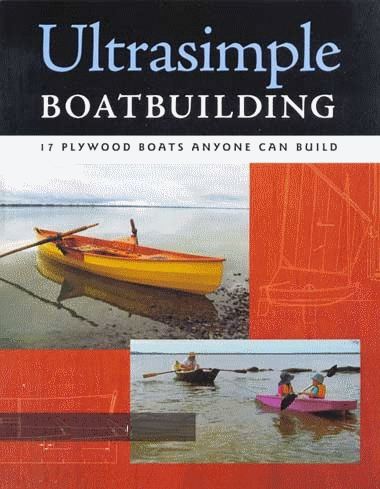 |
| Ensenada Grande with mainland Baja in the background. |
On Saturday, April 13
th we went grocery shopping at the local Mega, took a long swim in the pool and had dinner at Steinbecks. The next morning we checked out of Costa Baja and headed north to Isla Partida. In the Sea of Cortez the wind generally blows up the sea or down the sea. Today it was blowing down the sea so we motor-sailed directly into a 15 knot headwind and lumpy, choppy seas as we passed up the west side of Isla Espiritu Santo toward our destination of Ensenada Grande on the west side of Isla Partida, arriving in the late afternoon. There were a few other boats in the anchorage, but it’s a big enough bay that we were able to anchor in a fairly secluded spot close to some bluffs on the south side of the bay. The water was clear enough that I could see the anchor send up a cloud of sand as it hit the bottom 22 feet below the surface. This made the snorkeling great, and we saw lots of tropical fish and healthy looking coral. Later we took the dinghy around the southern end of the bay, past Punta Tijeretas and into the tiny cove of Las Cuevitas where there is a blue footed booby rookery. It’s not the nesting season now, but there were still a lot of boobies around. That night I set my alarm to wake up at 0200 so we could watch a total eclipse of the moon. There is something awesome about seeing a lunar eclipse from the deck of a sailboat where there is no light pollution from any nearby civilization.
 |
| Sunset is a perfect time for a paddle in Ensenada Grande. |
 |
| I have no idea how these unusual rocks were formed but they are fascinating to explore. |
While there, we hiked up the hills behind the bay and explored the strange rock formations that line the north side of the bay. When we got restless we sailed north again toward the fishing village of San Evaristo on the mainland of Baja.
With a nice breeze out of the southeast, we had a pleasant sail for about twenty miles then about six miles from the anchorage, the wind died and we began to motor. We had been trolling all day without a bite, but about four miles out, the reel lit up and we caught a 20 pound dorado. This was our first fish of this kind and as soon as we got the anchor down in Evaristo I had the BBQ out and we had a fine meal of grilled dorado, wild rice and a fine bottle of pinot grigio, supplied by my friends at C1. Thanks guys! We spent a couple of days in Evaristo then departed for Puerto Los Gatos, about thirty miles up the Baja coast.
 |
| We caught him just in time for dinner. |
 |
A dorados beautiful colors quickly fade when they die. After giving him a couple of shots of rum this fellow relaxed and died peacefully.
|
It was a beautiful starboard tack reach, with about 12 knots of wind out of the east under a hazy, somewhat overcast sky. I like the overcast because it provides some relief from the sun, which can be brutal here in the Sea. We approached Los Gatos from the southeast and saw a boat anchored in the far northern part of the bay, which is about half a mile wide. We anchored in the southern part of the bay, about as far from the other boat as we could get and were looking forward to a beautiful, quiet evening. But within an hour three other boats came into the bay and anchored close enough that we could hear them talking as they enjoyed their sundowners. A couple of them left early the next morning so we were able to explore this beautiful bay pretty much in peace and solitude. Different voyages have different flavors. The last time we were here, three years ago, we were delighted to have lots of friends from other boats around. This time, we have been inclined to seek the solitude of empty bays and quiet nights.
 |
| Our dinghy is a speck on the beach at Los Gatos. |
On Saturday, April 19th we got the anchor up early and headed for Bahia Agua Verde, about 13 miles north. With three knots of wind out of the southeast, there was no point in trying to sail, so we fired up the diesel and a couple hours later we anchored about a hundred yards off the beach in Agua Verde. Since it was the day before Easter Sunday, the beaches in the fairly large bay were crowded with Mexican vacationers here to celebrate the holiday. The next morning we hiked into the country behind the little settlement. Aside from fishing, the locals raise goats, pigs and a few cattle. There is a school and church, along with a couple of small tiendas and a restaurant or two, so Agua Verde, though it has no cell phone or internet service is fairly cosmopolitan compared to most other places in this part of Baja California.
Later in the day we raised the anchor and continued north 22 miles to Puerto Escondido. We arrived around 1700 and passed through the narrow channel into the lagoon that makes this place an excellent all weather port of refuge. The lagoon is over a mile long and half a mile wide and until recently had over a hundred moorings. Now there are only a few moorings left, and they don’t look well maintained. Ashore, things have declined from the last time we were here. There is still a boatyard with a Travelift and a floating dock and a few boats hauled out here, but the place is pretty desolate. The restaurant has closed down and so has the little tienda. Puerto Escondido should be a thriving community, but apparently there has been a lot of disagreement within the local business community and with the government which has had a bad effect on the village. We had hoped to stock up on fresh food and use the Internet here, but instead we spent one night in the lagoon tied to an iffy looking mooring and left the next morning for the town of Loreto, about 14 miles up the coast.
 |
| Puerto Escondido sunrise. Regardless of the business situation in the village, the scenery remains awe inspiring. |
There is a tiny harbor at Loreto but it is for the exclusive use of the local fishermen, so we anchored outside and took the dinghy into town where we had a nice meal at the Hotel La Mision, checked email and wandered around the town a bit before heading back out to the boat. While ashore we visited a unique museum of sorts, with the skeletons of whales and dolphins on display. Back aboard Finisterra, we spent a peaceful night anchored outside the harbor, then left early the next morning for Caleta San Juanico.
The distance from Loreto to San Juanico is about 27 miles and with scant wind, we motorsailed the entire distance, arriving in the early afternoon. There were four or five boats anchored in the north end of the bay and a couple more at the south end, so we chose a nice spot just off the beach in the middle part of the bay, anchoring in about 15 feet of water. With a light breeze coming out of the southeast and crystal clear water, the swimming was delightful. Later we grilled the last of the dorado I caught a week ago for dinner. The next morning we were underway early for the 50 mile passage to Bahia de Concepcion.
 |
| Caleta San Juanico is dotted with rocky islets. |
The wind blew out of the northwest, exactly the direction we wanted to go, so we motored toward Punta Concepcion until we were a few miles out. Then the wind shifted to northeast and piped up to about 20 knots and we had a fast sail around the point and about six miles down the bay. Then we furled the sails and picked our way through the pass between Punta Piedrita and tiny Isla Pitihaya, toward Playa Santispac. There were several boats already at anchor there, so we bore away toward the little cove at Posada de Conception where we anchored in about 20 feet of water in the lee of some tall bluffs which offered good protection from the strong northerlies that sometimes blow down the Sea of Cortez. Finisterra was to remain at anchor here for the next nine days.






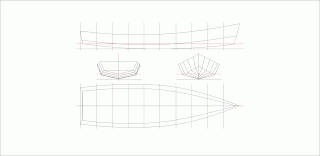

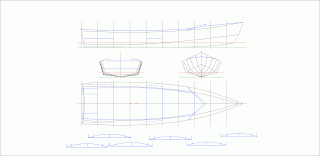



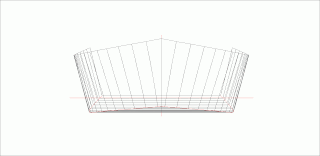

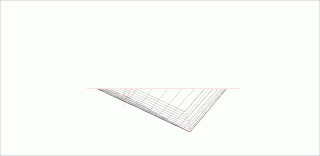
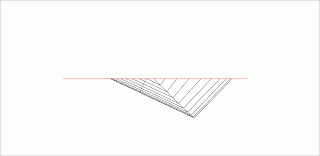

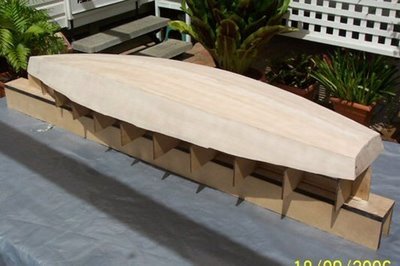
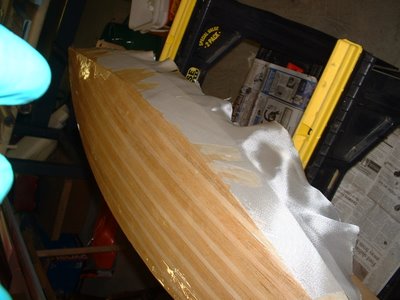 OR:
OR:




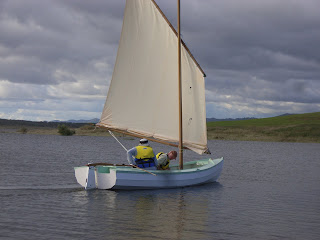

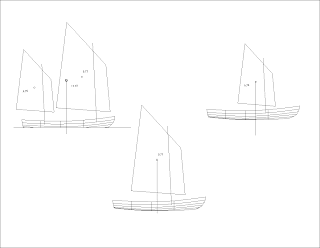
















+(2).jpg)
.jpg)
.jpg)
.jpg)
.jpg)
.jpg)
.jpg)
